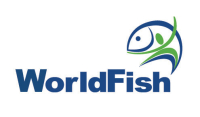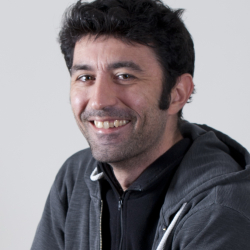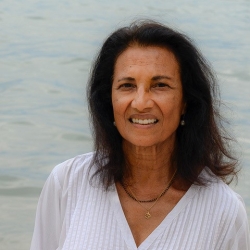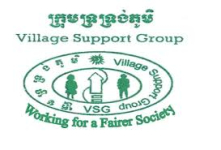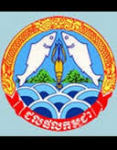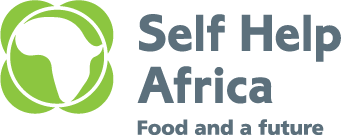Over the past decade, Cambodia has enjoyed strong economic growth resulting in
improved livelihoods for its population of 16 million (UNDP 2015). Despite significant
progress, however, 4.8 million Cambodians remain poor, with 90% living in rural areas.
Subsistence farmers, members of poor fishing communities, landless people and rural youth
comprise the majority of Cambodia’s poor (IFAD 2015). Generally, this demographic does not
have enough food to eat for the whole year, dietary diversity is low and malnutrition remains
high among children under 5 years of age.
Fish is an integral part of Cambodia’s culture, economy and food security, contributing
around 7% to national GDP and supplying 66.3% of households’ animal protein intake (FAO
2011). Yet, the diet of many rural Cambodians remains heavily dependent on the staple food,
rice, and dietary diversity is low. Increasing fish production and productivity, and in particular
of small indigenous fish species, using the integrated aquaculture/agriculture nutrition
linkages approach can provide smallholder households with increased income and support
food and nutrition security.
Household aquaculture ponds stocked with both larger, marketable fish and small,
nutrient-rich fish species can be managed with limited inputs to generate extra income
for households and provide additional nutrient-rich food to households over an extended
period of the year. In addition, ponds can be integrated into the smallholder’s farming
system, providing water for homestead vegetable production on pond embankments. This
integrated approach has the potential to help address the constraints faced by many rural
Cambodians and improve livelihoods and nutritional outcomes.
